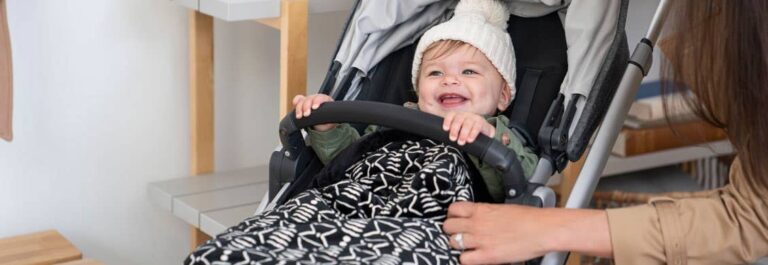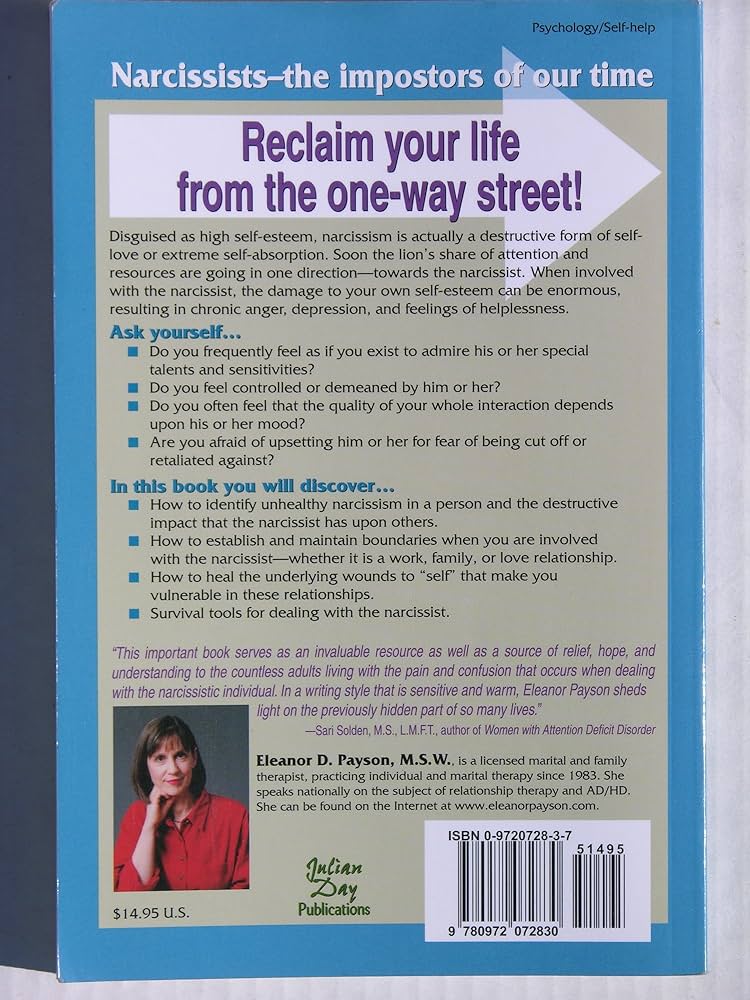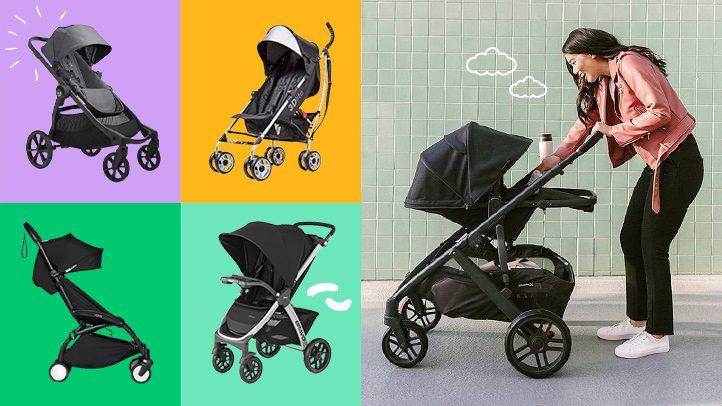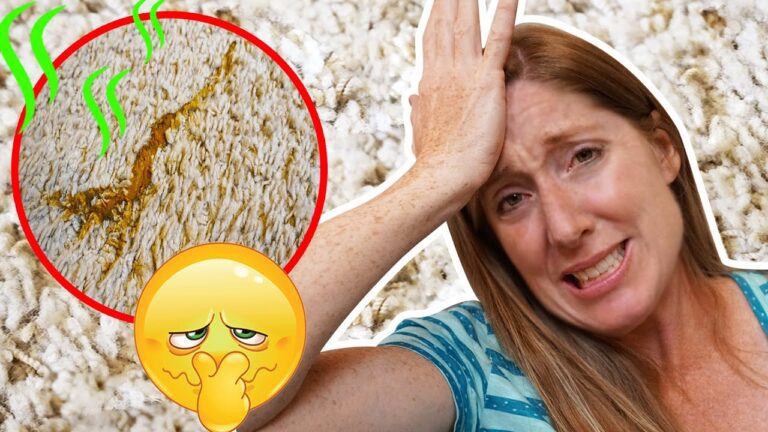How to Prepare Spoiled Dog for Baby: A Step-by-Step Guide
To prepare a spoiled dog for a baby, gradually introduce them to each other and allow the dog to sniff the baby’s feet. Speak to the dog in a loving voice and praise good behavior.
Avoid face-to-face contact initially and monitor every step of the way. It is important to take things slowly and ensure the dog feels comfortable and calm around the baby. Introducing a baby to a spoiled dog requires careful preparation and patience.
Dogs that are used to being spoiled may have difficulty adjusting to the presence of a new family member. It is crucial to ensure a smooth transition and create a safe and harmonious environment for both the dog and the baby. By following some simple steps and taking things slowly, you can prepare your spoiled dog for the arrival of a baby. We will discuss effective strategies for introducing a spoiled dog to a baby and ensuring a positive and peaceful coexistence in your home.

Credit: inthevintagekitchen.com
Step 1: Assess Your Dog’s Behavior And Temperament
Assessing your dog’s behavior and temperament is the first step in preparing your spoiled dog for a new baby. Take it slow and monitor each interaction, praising good behavior and avoiding face-to-face contact initially.
Before you bring a new baby into your home, it’s crucial to assess your dog’s behavior and temperament. Understanding how your dog interacts with others will help you prepare them for the arrival of the little one. Here are a few steps to take:
Understand Your Dog’s Personality And How They Interact With Others
Every dog has its unique personality, just like humans. Some dogs are naturally more friendly and sociable, while others may be more reserved or even protective. Pay close attention to your dog’s behavior around other people and animals to gain insight into how they might react to a baby.
For example, if your dog is usually friendly and enjoys being around children, you may have less work to do in terms of preparing them. On the other hand, if your dog tends to be anxious or cautious around new people, you’ll need to do some specific training to ease their fears and create a positive association with the baby.
Observe Any Signs Of Anxiety, Aggression, Or Possessiveness
During your assessment, be on the lookout for any signs of anxiety, aggression, or possessiveness in your dog’s behavior. These are indicators that your dog may need extra help adjusting to the baby’s presence. Signs of anxiety can include excessive barking, pacing, or avoiding eye contact. Aggression might manifest as growling, snapping, or lunging.
It’s vital to address these issues before the baby arrives to ensure the safety and well-being of both your pet and your child. Seek professional help from a dog trainer or behaviorist if you notice any concerning behaviors that you’re unsure how to handle.
Note Any Triggers Or Specific Behaviors That May Pose A Challenge
Pay close attention to any specific triggers or behaviors that may pose a challenge when introducing your dog to the baby. For example, if your dog becomes possessive over toys or food, you’ll need to work on building their trust and teaching them to share. If your dog has a strong prey drive and gets overly excited around small moving objects, such as squirrels, it’s crucial to address this behavior before the baby comes along.
Identifying these triggers will allow you to create a training plan and ensure a smoother transition for your dog when the baby arrives. Seek professional guidance if needed to develop an effective strategy.
Step 2: Gradually Introduce Your Dog To Baby-related Items And Smells
Once your dog is familiar with the presence of a newborn baby, it’s time to introduce them to baby-related items and smells. This step is crucial for ensuring a smooth transition and building a positive association between your furry friend and the new addition to the family. By gradually introducing your dog to these items and smells, you can help them adjust to the changes ahead.
Start By Bringing Baby-related Items Into The House
To begin the introduction process, bring baby-related items into your home. This could include things like diapers, baby blankets, baby powder, or even baby lotion. Make sure these items have a distinct scent that your dog can associate with the baby. Place them in accessible areas where your dog can investigate them.
Allow Your Dog To Investigate And Get Familiar With The New Scents
Give your dog the opportunity to sniff and explore the baby-related items. Dogs rely heavily on their sense of smell, so allowing them to familiarize themselves with these scents is essential. Be patient and observe your dog’s body language during this process. If they show signs of anxiety or discomfort, take a step back and give them more time to adjust gradually.
Reinforce Positive Associations By Offering Treats Or Praise During The Introduction Process
During the introduction process, it’s essential to reinforce positive associations with the baby-related items and smells. Whenever your dog shows curiosity or calm behavior towards these items, offer treats or praise as a reward. This positive reinforcement will help your dog associate the baby’s scent with positive experiences and create a sense of comfort.
Remember to take things at your dog’s pace and be patient throughout the introduction process. Every dog is unique and may require different amounts of time and reinforcement to adjust to the new smells and items associated with the baby. By following these steps, you can help prepare your spoiled dog for the arrival of your newborn baby, ensuring a harmonious transition for the entire family.
Step 3: Establish Clear Boundaries And Rules
Setting clear boundaries and establishing rules is crucial for ensuring a harmonious relationship between your spoiled dog and your new baby. By doing so, you can create a safe and secure environment for both your four-legged friend and your little one.
H3set Boundaries For Your Dog’s Behavior Around The Baby/h3
When it comes to preparing your spoiled dog for the arrival of your baby, it’s important to establish clear boundaries for their behavior. Start by teaching your dog to be calm and gentle around the baby. Use positive reinforcement techniques such as treats and praise to reward good behavior.
In addition, create expectations for how your dog should interact with the baby. For example, teach them to approach the baby slowly and calmly, avoiding any jumping or rough play. It’s essential to be consistent and enforce these boundaries from the very beginning to establish the expected behavior.
H3teach Commands Such As ‘sit,’ ‘stay,’ And ‘leave It’ To Ensure Obedience/h3
Training your dog to obey basic commands is vital when preparing them for the arrival of your baby. Commands like ‘sit,’ ‘stay,’ and ‘leave it’ can help you manage their behavior around the baby.
Start training sessions in a quiet and distraction-free environment. Use positive reinforcement techniques, reward-based training, and keep sessions short and frequent. Be patient and consistent, and gradually introduce distractions to reinforce their obedience.
By teaching these commands, you can ensure that your spoiled dog understands and respects their boundaries and follows your instructions when interacting with the baby.
H3create Baby-free Zones To Provide Your Dog With A Safe Space/h3
Creating baby-free zones in your home is essential to give your spoiled dog a safe space where they can retreat and relax when needed. These zones can be set up using baby gates or closing off certain rooms or areas.
Ensure that these designated areas are comfortable and equipped with your dog’s bed, toys, and water bowl. By providing them with their own space, you are helping them adjust to the new dynamics without feeling overwhelmed, while also giving them a sense of security.
It’s important to establish boundaries between your dog and the baby by teaching them not to enter the baby’s nursery or play area. This will help maintain a peaceful environment and eliminate any potential risks or accidents. Consistency is key in enforcing these boundaries and ensuring a safe coexistence between your dog and your baby.
Step 4: Practice Slow And Controlled Interactions
To prepare a spoiled dog for a baby, step 4 is to practice slow and controlled interactions. Speak to your dog in a loving voice and praise good behavior as you allow them to get closer to the baby. Start with feet sniffing and gradually work up to face-to-face contact, monitoring each step carefully.
Introducing your spoiled dog to your baby requires careful and controlled interactions to ensure a smooth transition. By taking things slowly and gradually, you can help your dog adapt to the presence of the new family member. Follow these steps to practice slow and controlled interactions between your dog and your baby.Start with controlled interactions between your dog and the baby
First and foremost, create a controlled environment for the initial interactions between your dog and your baby. Start by keeping your dog on a leash or utilizing a baby gate to maintain a safe distance. Allow your dog to observe the baby from a distance while remaining calm and well-behaved. During this stage, speak to your dog in a loving voice and offer praise for good behavior. Encourage your dog to approach the baby by allowing them to sniff the baby’s feet or gently touch the baby’s blanket. However, avoid face-to-face contact at this point.Gradually increase the duration and proximity of these interactions
As your dog becomes more comfortable with the baby’s presence, gradually increase the duration and proximity of their interactions. Start by allowing your dog to spend short periods of time in the same room as the baby, always under supervision. Pay attention to your dog’s body language and closely monitor their behavior. If your dog displays signs of anxiety or discomfort, such as pacing or excessive panting, take a step back and give them more time to adjust. It’s crucial to ensure the interactions remain positive and stress-free for both your dog and your baby.Observe and reward positive behavior, while redirecting any undesirable actions
Throughout the process, observe your dog’s behavior and reward positive interactions. If your dog exhibits good behavior such as calmness, gentle sniffing, or sitting quietly near the baby, offer praise and rewards. On the other hand, if your dog displays undesirable actions, such as jumping on the baby or showing signs of aggression, it’s important to redirect their behavior immediately. Use a firm “no” or a gentle physical redirection to guide your dog away from those behaviors. Consistency is key when correcting your dog’s undesirable actions. By providing clear guidance and redirecting your dog whenever necessary, you can establish boundaries and ensure a safe and harmonious environment for everyone. In conclusion, practicing slow and controlled interactions is vital when preparing your spoiled dog for the arrival of your baby. Start with controlled interactions, gradually increase the duration and proximity, and observe and reward positive behavior while redirecting any undesirable actions. By following these steps, you can help your dog adapt to the presence of the new family member and create a loving and safe environment for all.Step 5: Seek Professional Help If Needed
Seek professional help if needed in preparing your spoiled dog for the arrival of a baby. It is important to have guidance and support to ensure a smooth transition and a safe environment for both your dog and your baby.
If Your Dog Displays Severe Behavioral Issues Or Persistent Difficulties, Consider Consulting A Professional Dog Trainer Or Behaviorist
If you’ve followed all the previous steps and your spoiled dog is still displaying severe behavioral issues or persistent difficulties when it comes to preparing them for the arrival of your baby, it may be time to seek professional help. Consulting a professional dog trainer or behaviorist can provide the specialized guidance and support you need to address your dog’s specific needs. A professional trainer or behaviorist will have the expertise and experience to assess your dog’s behavior and create a customized training plan tailored to their individual needs. This plan may include techniques to alleviate anxiety and fear, desensitization exercises, and positive reinforcement training methods. By involving a professional in the process, you can ensure that you’re addressing any underlying behavioral issues or emotional challenges your dog may be facing. This will help create a safe and harmonious environment for both your dog and your baby.Why Consult A Professional Dog Trainer Or Behaviorist?
When your spoiled dog is displaying severe behavioral issues or persistent difficulties, seeking help from a professional dog trainer or behaviorist can be beneficial. These experts are trained to assess and understand canine behavior and can provide the specialized guidance and support needed to address any challenges your dog may be facing. Here are some reasons why consulting a professional is a good idea: 1. Expert assessment: A professional trainer or behaviorist will be able to assess your dog’s behavior objectively and identify any underlying issues or triggers that may be causing their difficulties. 2. Customized training plan: A professional will create a tailored training plan that addresses your dog’s specific needs and challenges. This plan may include techniques such as desensitization, counter-conditioning, and positive reinforcement training methods to help modify undesired behaviors. 3. Experience and knowledge: Professional trainers and behaviorists have extensive experience working with different breeds and behavior issues. They have a deep understanding of canine psychology and can provide you with the tools and techniques needed to effectively train your dog. 4. Emotional support: Dealing with a spoiled dog that is not ready for a baby can be stressful and overwhelming. A professional can offer emotional support and guidance throughout the process, giving you reassurance and confidence in handling the situation. Remember, seeking professional help is not a sign of failure as a dog owner. It is a proactive step towards creating a safe and harmonious environment for both your dog and your baby. Consulting a professional dog trainer or behaviorist can make a significant difference in preparing your spoiled dog for the arrival of your baby. Their specialized guidance and support will ensure that you have the tools and knowledge needed to address any behavioral issues or difficulties your dog may be experiencing.Frequently Asked Questions For How To Prepare Spoiled Dog For Baby
How Do You Introduce A Spoiled Dog To A Baby?
Introduce the dog to the baby slowly, praising good behavior and allowing the dog to sniff the baby’s feet. Avoid face-to-face contact initially and monitor their interaction closely. Take it slow and be there to supervise every step.
How Do You Prepare A Reactive Dog For A Baby?
To prepare a reactive dog for a baby: 1. Slowly introduce the dog to the baby, allowing them to approach each other on their own. 2. Speak softly and praise the dog for investigating bravely. 3. Supervise all interactions between the dog and baby.
4. Socialize the dog with children to prevent aggression. 5. Take things slowly and be patient throughout the process.
How Do You Prepare A Hyper Dog For A Baby?
To prepare a hyper dog for a baby, slowly introduce them while keeping the dog on a leash. Don’t force the dog to approach the baby, but give them praise for approaching calmly. If the dog gets too excited, back up and start again.
Monitor their interactions closely.
How Do You Prepare A Protective Dog For A Baby?
Prepare a protective dog for a baby by slowly introducing them to baby equipment, desensitizing them to sounds, and training them to stay out of the nursery. Move their meals to a safe zone and make furniture off-limits. Understand their body language and hire dog walkers and trainers if needed.
Conclusion
Preparing a spoiled dog for a baby can be a challenge, but with the right approach, it is definitely achievable. Take things slowly and be there to monitor every step of the way. Allow the dog to get closer to the baby while speaking in a loving voice and praising good behavior.
Gradually introduce face-to-face contact, ensuring the dog remains calm and well-behaved throughout. Remember, preparation is key, and with patience and consistency, your spoiled dog can become a loving and protective companion for your baby.







